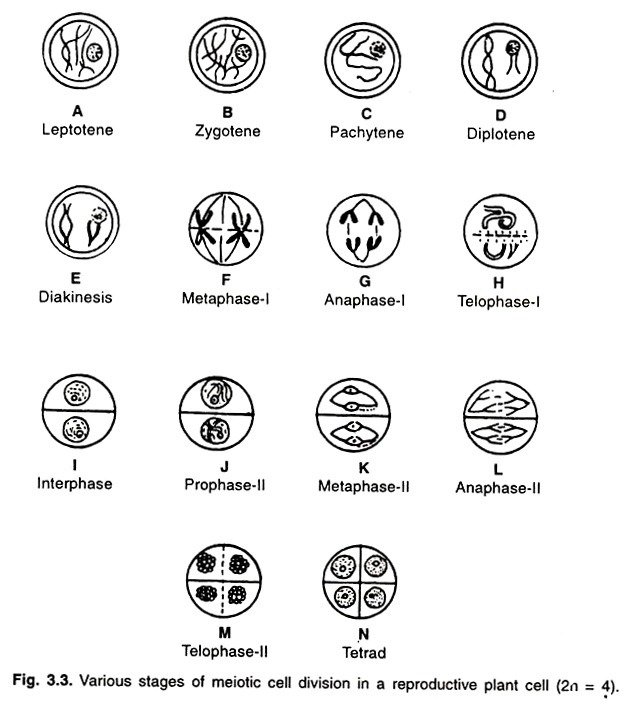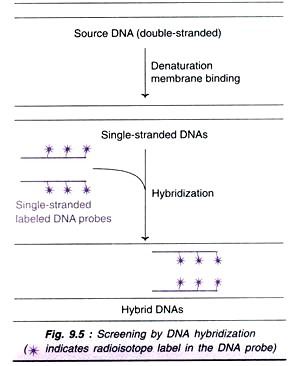ADVERTISEMENTS:
The below mentioned article includes a list of three experiments on carbohydrates.
1. Experiment to perform colour tests for carbohydrates (reducing sugars):
What are carbohydrates (Reducing sugars)?
Carbohydrates are organic compounds containing carbon, hydrogen and oxygen in a ratio of 1:2:1. All sugars (e.g., glucose, sucrose, etc.) and starches are carbohydrates.
ADVERTISEMENTS:
Monosaccharides can be oxidized by hot alkaline solutions of certain metallic ions. Metallic ions are reduced in this process. Since the sugars are the reducing agents they are known as reducing sugars.
For Fehling’s and Benedict’s tests following is the equation:
1. Fehling’s Test:
ADVERTISEMENTS:
Principle:
It is based on the fact that the complex of cupric ions in alkaline tartrate is reduced to insoluble cuprous oxide.
Requirements:
Fehling solution, test tube, spirit lamp, glucose solution.
Method:
1. Take 2-3 ml of Fehling’s solution in a test tube and warm on a spirit lamp.
2. Add a few drops of glucose solution.
3. Boil it for a few minutes. The result is the formation of brownish red precipitate.
2. Benedict’s Test:
ADVERTISEMENTS:
Principle:
Same as for Fehling’s test.
Requirements:
Benedict’s solution, test tube, glucose solution, spirit lamp.
ADVERTISEMENTS:
Method:
1. Take 5 ml of Benedict’s solution in a test tube.
2. Add 2 ml of glucose solution and boil it. A green or yellowish-red solution indicates the presence of carbohydrates.
Observations:
ADVERTISEMENTS:
These tests can be tabulated as under in Table 2.2:
Result:
ADVERTISEMENTS:
The given solution is a carbohydrate (reducing sugar) solution.
2. Experiment to perform colour test for carbohydrates (non- reducing sugars).
Carbohydrates (Non-reducing sugars):
This test should be carried out by first hydrolyzing the carbohydrates (non-reducing sugars) and then testing them for reducing sugars. To hydrolyse them mix the equal volumes of starch or sucrose solution and conc. HC1. Boil it for five minutes and neutralize it with sodium bicarbonate. Now test the solution for reducing sugars by Fehling or Benedict’s tests as in above-mentioned Experiment No. 4.
Requirements:
Sucrose or starch, conc. HCI, sodium bicarbonate or sodium carbonate, Fehling solution, Benedict solution.
Method:
ADVERTISEMENTS:
Hydrolase the sucrose or starch solution by boiling it with conc. HCI for five minutes and neutralize it with sodium bicarbonate or sodium carbonate. Test this solution now by Fehling or Benedict’s test for reducing sugars.
3. Experiment to test the presence of starch in a given material and to reveal its biological importance and chemical nature.
Requirements:
Potato tuber or green leaves, potassium iodide solution, distilled water, test tube, forceps, razor.
Method:
1. Some potato tubers (or green leaves) are peeled, sliced and crushed.
2. Take the crushed material in a test tube and pour in it about 5 ml of distilled water and then a few drops of potassium iodide solution. Note the change in colour.
ADVERTISEMENTS:
Observations and results:
The solution turns blue which indicates the presence of starch in the crushed material.
Biological importance of starch:
Starch, the most important reserve material of plants, remains stored in the form of starch grains in the potato tubers. Starch occurs universally in rhizomes, leaves, tubers, fruits and seeds. These carbohydrates have considerable food value. They provide us energy and thus form an important part of our food.
Chemical nature of starch:
Starch is a polysaccharide in which the carbohydrate produced during photosynthesis is stored in plants. It is a polymer of glucose (C6H12O6) units. Its molecular weight is very high. It is usually deposited in the form of small grains in chloroplasts, and also sometimes in amyloplasts (a plastid present in the cortical cells in many plants; the function of amyloplasts is to store starch).
Amylose is a form of starch made of straight chains of glucose monomers. On the other hand, amylopectin is a form of starch in which the glucose molecules are in branched chains.


